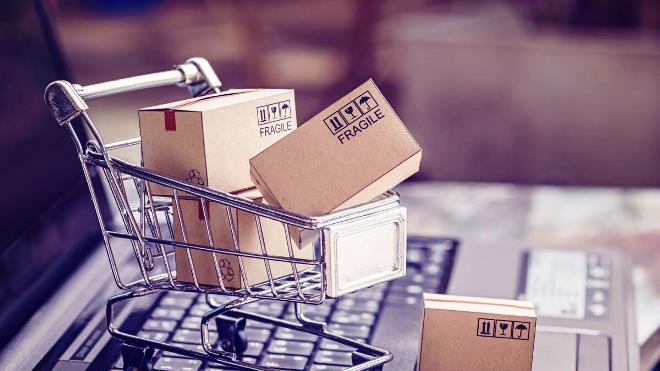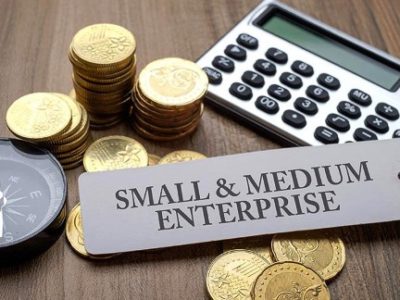Smart tech triggering significant growth in hybrid retail: The implications for SA’s logistics/supply chain industry
Hybrid shopping is not a passing fad.
Since the lifting of Covid-19 restrictions globally, it’s become the primary buying method for 27% of consumers, according to a survey of 19 000 people in 28 countries by computer giant IBM.
Instead of in-store buying becoming a relic, as some predicted when online shopping was breaking records at the height of the pandemic, it’s transitioned to a valued option as consumers seek more choice in how they make their purchases.
RELATED: Understanding the future of retail in a data-driven world
While online shopping carries obvious benefits, a lot of shoppers still prefer doing it the “old” way by visiting a brick-and-mortar store. These consumers find making a selection online tiresome, as there are so many items to scroll through and they may not always remember their login details or struggle through the shopping cart and payment process.
For retailers, it’s essential to offer every option to meet consumer expectations.
What’s key to note is that as much as hybrid shopping contains elements of traditional purchasing, the process is heavily dependent on smart technology to be successful.
The click & collect model is a great example. Shoppers make their purchases on their computers or smartphones and then drive to a pickup point to collect the item. The advantage is that they can still get out and about without having to wait in long queues at the store or, for that matter, be left wondering when a home delivery will be made.
Another instance where the marriage between brick-and-mortar and online benefits retailers is in the way it attracts new consumers to the store.
These days digital tech quickly establishes the preferences of shoppers, meaning that this data can be used to advertise offers that are personal and relevant, with the result that there is greater footfall in the store.
From a cost-effectiveness perspective, hybrid shopping goes hand in hand with click & collect.
It’s hardly a secret that the supply journey is incredibly expensive for retailers, in particular last-mile delivery. For South African retailers it’s even more so given the precarious state of the economy.
When demand spikes, quality infrastructure needs to be integrated into the shipping process to handle the orders, and these expenses can be substantial. These costs are then passed on to consumers, who more often than not take their business elsewhere.
Click & collect helps mitigate these price challenges, both for retailers and consumers.
What is significant about Pargo’s click & collect service is that it helps reduce delivery costs through
consolidated deliveries to its more than 3,500 pickup points around South Africa. The fact that couriers are
not travelling further distances to make deliveries also means that carbon footprint is considerably reduced – a point that appeals to sustainability-conscious consumers which will place retailers in good stead in the future.
Pargo CEO and co-founder Lars Veul says click & collect fits the hybrid shopping model because it offers the two essentials – convenience and affordability.
“We have also put a lot of emphasis on our tracking technology, because shoppers want to know when their parcels will be delivered. Our SMS/e-mail notification system is helping to communicate more effectively with consumers,” Veul says.
“But for retailers this technology is equally important, because it enables businesses to monitor and
manage last-mile delivery more effectively, so that if a problem occurs they can attend to it immediately.”
According to Veul, those retailers that succeed in hybrid shopping will be those that embrace technology to make their brand stand out, irrespective of what channel consumers are using.
“You want shoppers to stay loyal to your brand, whether it’s online or in-store, to the point they don’t even think about it anymore,” he says.





























